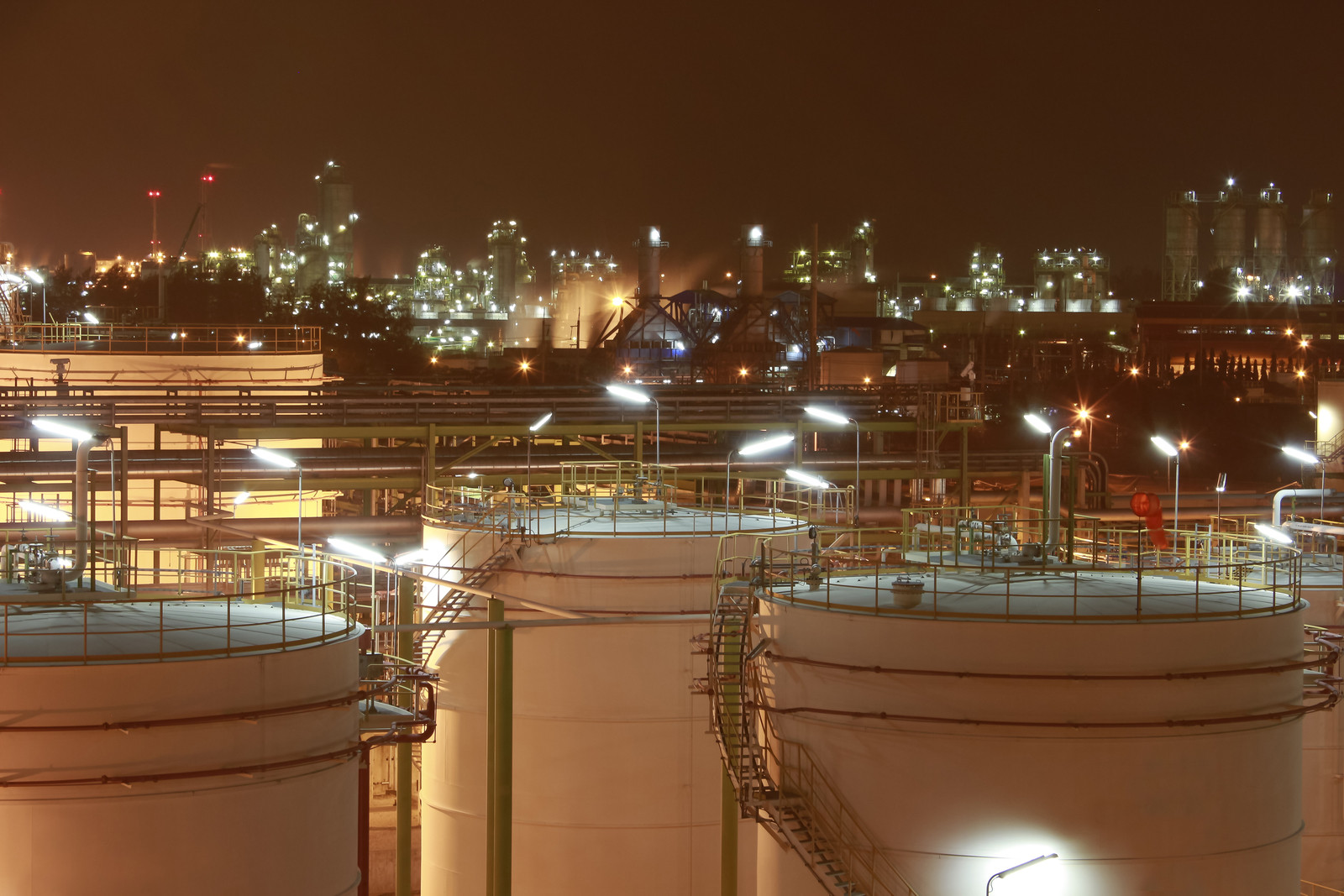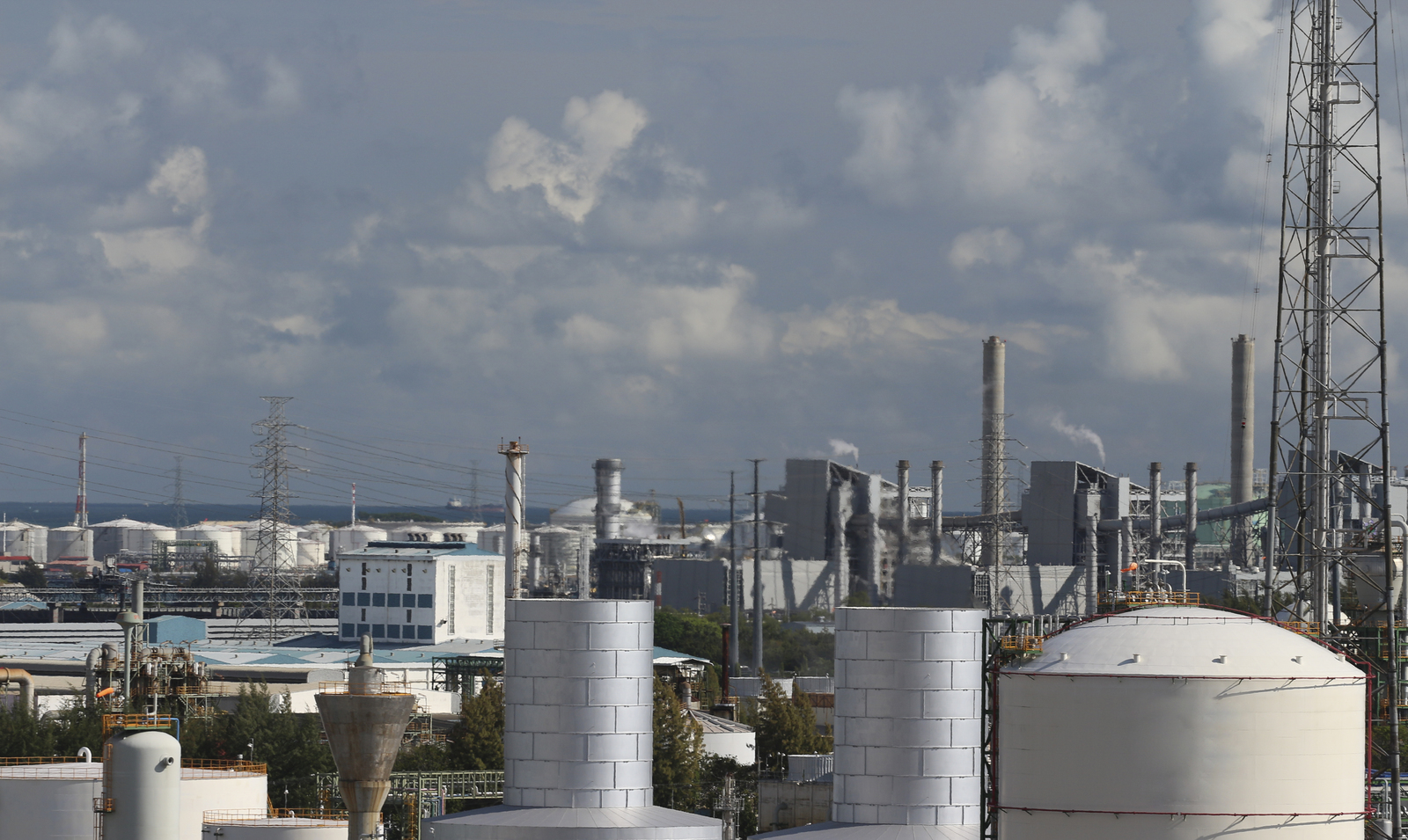How Control Devices for Air Pollution Improve Air Quality?
Air pollution is a huge issue all over the world. It can cause serious health problems, often difficult to control. However, control devices for air pollution can make a big difference in improving air quality. We will discuss how these devices work and what they do to enhance air quality. Also, we’ll take a look at some of the most common pollution control systems and devices used to control them.
What are control devices for air pollution, and how do they work?

Control devices for air pollution are systems or devices used to control the number of pollutants in the air. They work by removing contaminants from the air or reducing the amount of pollution released into the air.
There are many different types of control devices, and each one works differently. Some control devices remove pollutants from the air, while others reduce the amount of pollution released into the air.
The most common pollution control device is an air filter. Air filters work by trapping pollutants in the filter material and then removing them from the air. Another type of control device is an air purifier. Air purifiers work by using a chemical process to remove pollutants from the air.
Another common type of control device is a scrubber. Scrubbers work by using a liquid or gas to remove pollutants from the air. Scrubbers are often used in industrial settings to control air pollution.
Finally, there are control devices that prevent pollution from being released into the air in the first place. These devices are called emission control devices. Emission control devices work by stopping pollution at the source before it has a chance to be released into the air.
There are many different types of control devices for air pollution, and each one works in another way. However, they all have one thing in common: they help improve air quality by removing pollutants from the air.
What are some of the benefits of using control devices for air pollution reduction purposes?
There are many benefits to using control devices for air pollution reduction. One of the most important benefits is that it can help to improve air quality. Air quality is a significant concern for many people, and control devices can help to reduce the number of pollutants in the air.
Another benefit of using control devices for air pollution reduction is that it can help to reduce the amount of pollution released into the environment. Pollution can harm the environment, and control devices can help reduce the amount of pollution emitted into the air.
Finally, using control devices for air pollution reduction can also help to save money. Control devices can often be used in place of more expensive pollution control systems. This can help to save money on the cost of controlling air pollution.
Are there any drawbacks to using control devices for air pollution reduction purposes? If so, what are they?
There are some drawbacks to using control devices for air pollution reduction purposes. One of the most significant drawbacks is that they can be expensive to install and maintain. Another disadvantage is that they may not effectively reduce all types of pollutants. Finally, some control devices can be large and take up a lot of space. This can make them difficult to install in some areas.
Despite these drawbacks, control devices for air pollution reduction offer many benefits and valuable tools in improving air quality. They can be used in place of more expensive pollution control systems, and they can help reduce the number of pollutants in the air. For these reasons, control devices should be considered an essential part of any air pollution control strategy.
How effective are control devices at reducing harmful emissions from various sources of air pollution?
There is a great deal of variation in the effectiveness of control devices at reducing harmful emissions from various sources of air pollution. Some control devices, such as air filters, can effectively remove pollutants from the air. Other control devices, such as scrubbers, may not be as effective at removing contaminants from the air but can be helpful in industrial settings.
Finally, control devices that prevent pollution from being released into the air in the first place are often the most effective at reducing emissions. These devices, called emission control devices, work by stopping pollution at the source before it has a chance to be released into the air. Emission control devices effectively reduce emissions and should be part of any air pollution control strategy.
Control devices for air pollution are essential in improving air quality. As we have seen, many different types of control devices can be used to enhance air quality. Each machine has its own benefits and drawbacks that need to be considered when selecting a suitable device for a particular situation.



